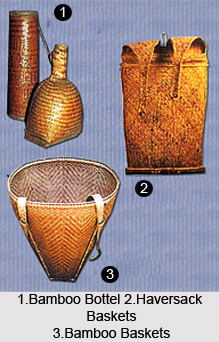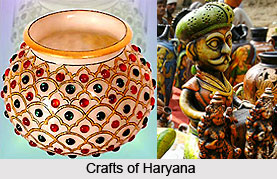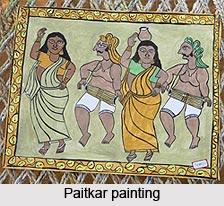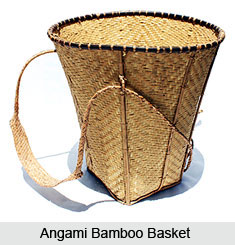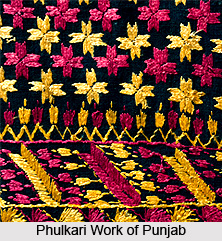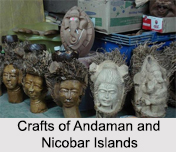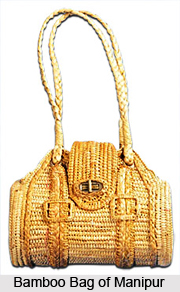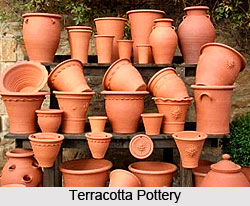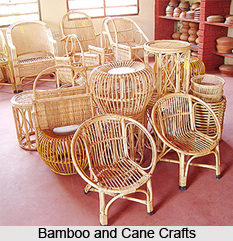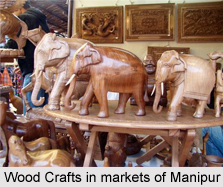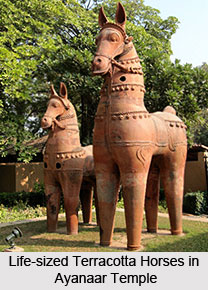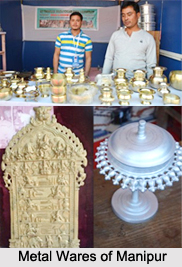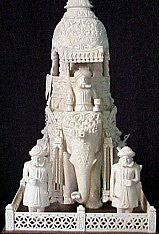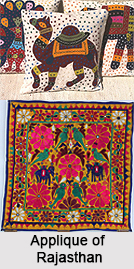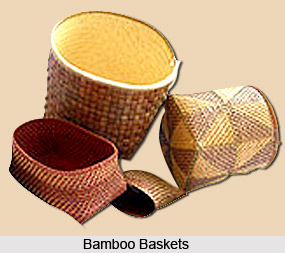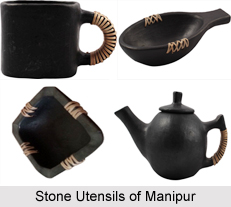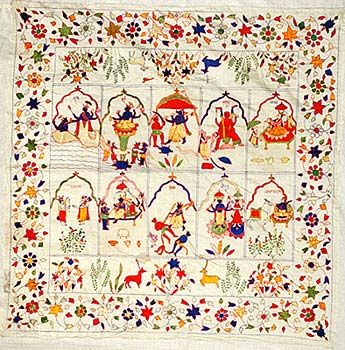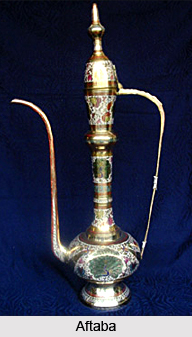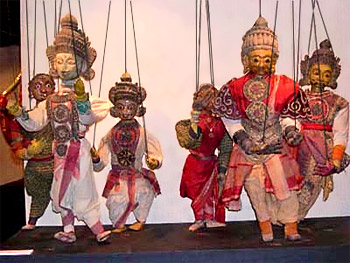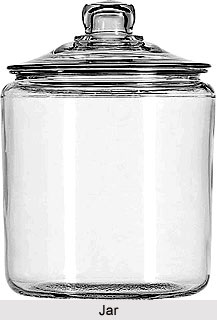 The ancient history of Glass Art is enshrouded in a mystified aura because of its unregistered ancient origin. According to the history, the technicalities concerning the manufacture of jewellery or mosaic works are the originators of glass art. Literary evidences and archaeological evidences unfold the fact that glass art was prevalent in India since the ancient past.
The ancient history of Glass Art is enshrouded in a mystified aura because of its unregistered ancient origin. According to the history, the technicalities concerning the manufacture of jewellery or mosaic works are the originators of glass art. Literary evidences and archaeological evidences unfold the fact that glass art was prevalent in India since the ancient past.
In Mahabharata, the Hindu scripture, the mention of glass is found while in the Mughal period, the citation of the potential glass made stuffs like tumbler, bowls, plate and bottles for attar (Indian ancient perfumes) attest the presence and usage of glass was handy to the people of that period. Whatever may be the origin, glass art in India is regarded as one of the most interesting form of craft for its scintillating beauty and captivating colour.
Firozabad in the modern era is illustrious for the mass production of bangles though it has enlarged its variety by including decorative items made out of glass like fancy chandeliers, glass animals a trend conspicuously derived from Europe. Saharanpur is famous for glass toys filled with coloured liquid called "Panchkora". "Phials", jars, bottles, chimney lamps made of glass are of huge demand and are offered in wide range of variety. The variations of glass bangles prove the popularity on its own around India. The "sonabai" bangles and "the churi ka jodas" beamed with gorgeous precious and semi-precious stones of various colours are famous in Hyderabad.
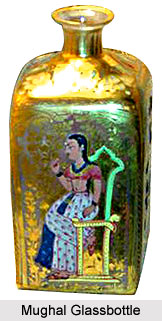 Another form of glass art is the bead making which is well approved in India. India has an umpteen number of suppliers of a wide variety of semi precious quartz materials like agate, onyx, jasper, rock crystal and chalcedony. Indian glass art includes the involvement of the adornment of gold; the small drawn-glass beads used in beadwork was commenced from India and supposed to be the speciality of the country. Due to the increasing industrialization and growing popularity of the more enrichment of the products of the foreign countries, in the sixteenth century, Indian bead making industry fell into diminution.
Another form of glass art is the bead making which is well approved in India. India has an umpteen number of suppliers of a wide variety of semi precious quartz materials like agate, onyx, jasper, rock crystal and chalcedony. Indian glass art includes the involvement of the adornment of gold; the small drawn-glass beads used in beadwork was commenced from India and supposed to be the speciality of the country. Due to the increasing industrialization and growing popularity of the more enrichment of the products of the foreign countries, in the sixteenth century, Indian bead making industry fell into diminution.
India, in recent times has retrieved its position in glass bead and several glass bead factories are situated in Varanasi. The speciality of the glass art of Varanasi is glass beads and a type of thin glass which is popular as "Tikuli". The usage and technique of "Tikuli" is found in the decorative works in Patna. The exclusive design shapes and tint makes the Indian glass art unique.
